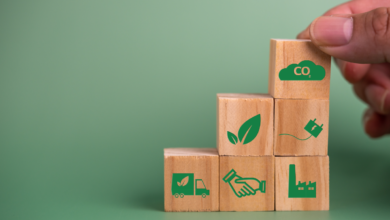Nature-negative finance flows: worth 7% of global GDP

UNEP’s report State of Finance for Nature 2023 submitted to COP28
We spend 7% of global GDP every year on actions that directly harm nature. In all, 7 trillion dollars, partly environmentally damaging subsidies (SAD) guaranteed by the states, especially private investment. Data on nature-negative finance flows comes from UNEP, the UN Agency for the Protection of the Environment, in the State of Finance for Nature 2023 report released during the COP28 in Dubai. Where the measures for the protection of ecosystems quickly ended at the bottom of the agenda.
Where does finance harm nature?
The lion’s share is made by private investment. Global financial flows of this type amount to 5000 billion dollars each year. At the top of the list of sectors that mobilize most of the nature-negative finance flows are buildings, electricity companies, real estate, oil and gas, and the agri-food and tobacco sectors.
From these sources comes just 16% of total investment flows in the global economy, but as much as 43% of those that damage forests, wetlands and other ecosystems and habitats valuable for biodiversity and adaptation to the climate crisis.
In contrast, government spending on environmentally damaging subsidies in just four sectors (agriculture, fossil fuels, fisheries and forest management) amounts, according to UNEP data, to $1700 billion a year. Here the biggest share depends on oil & gas: between 2021 and 2022, fossil fuel consumption subsidies have doubled from 563 to 1163 billion dollars.
UNEP notes the abyss that separates finance harmful to nature from funds mobilized for the regeneration of ecosystems. This item totals just $200 billion annually, 30 times less than harmful financial flows. “Nature-based solutions are dramatically underfunded. Negative annual investments in nature are more than 30 times greater than funding for nature-based solutions that promote a stable climate and healthy land and nature. To achieve the Sustainable Development Goals, these numbers must be reversed – with real guardians of the land, such as indigenous peoples, among the main beneficiaries,” said Inger Andersen, executive director of UNEP.





